Orange Dream Japanese Maple
$59.50 Original price was: $59.50.$41.65Current price is: $41.65.
- Free Shipping over $25
- Fast & reliable delivery options
- Enjoy top quality items for less
- Multiple safe payment methods

Japanese Maples come in an abundance of sizes, leaf shapes, and leaf colors. Choosing one can be bewildering, but it pays to look beyond the everyday varieties that are offered in garden centers, and instead to look for outstanding varieties that have been recognized for their unique features. There is a tendency to see Japanese Maple Trees just as small specimens – red-leaves and mounded forms are popular – but they have much wider uses in the garden. As small trees for smaller spaces and smaller gardens – that is where some of these trees really shine.
The Orange Dream Japanese Maple is a variety that particularly stands out in the small tree category. Without trees, our gardens look unfinished and immature, yet most traditional shade trees grow far too large for smaller gardens, as many people discover to their cost. Step outside the box and consider instead a beautiful Japanese maple like Orange Dream. It grows to around 10 feet tall and 5 feet wide, and it can be trained as a small, multi-stem tree, or kept bushier. Either way, it will be a stand-out in your garden, and you will love the constantly-changing leaf colors that mark the progress of the seasons. This tree has been awarded the coveted ‘Award of Garden Merit’ by the prestigious Royal Horticultural Society, so we know right away it has outstanding qualities.
Growing Orange Dream Japanese Maple Trees
In spring this beautiful tree starts out with young leaves that are orange-yellow, touched with red, especially on the leaf margins. The display cools down as summer comes, turning to green highlighted with orange-red on the tips, and then in fall this tree comes back with a bang, turning vibrant shades of vivid orange with umber tones. This constantly-changing spectrum of color is hard to beat, and there is interest and beauty from this lovely tree for three seasons of the year. The Orange Dream Japanese Maple grows steadily, and will become a small, upright tree around 10 feet tall in about 8 years. After that it will continue to grow, but more slowly. As it develops you can train it into a multi-stem tree, a single-stem tree, or into a bushier form.
Planting Location and Uses
As a small tree for a courtyard or garden it has few equals. It grows well in garden beds in full sun or partial shade, such as beneath taller deciduous trees. In cooler areas it does best with sun, and that will also develop the best leaf colors through the seasons, but in hotter areas it will benefit from some light shade in the afternoons, and still color well. It is also a perfect specimen for a large container, where it will thrive for years, allowing you to move it around to enjoy its beauty, and to protect it from the sun as needed.
Appearance and Coloring
It has leaves divided into 5 to 7 lobes, separating the leaf into fingers about two-thirds of the way into the leaf. It has broader lobes than some other Japanese Maples, and it is not deeply divided into narrow strips, so it has a more substantial appearance, and is also much less prone to drying out in the summer. Older plants will show clusters of tiny red flowers in spring, among the expanding leaves, and these may develop into red miniature maple ‘keys’ that hand in clusters in the early winter, adding another season of decoration to this tree.
Soil Conditions
If you have grown Japanese Maples before and had problems with the leaves shriveling and dying in summer, the Orange Dream Japanese Maple will pass through summer much more easily. It grows well in most kinds of soil, doing best in richer soils, with plenty of organic material added. Dig this in at planting time, and mulch over the root-zone, avoiding the trunk itself, with fresh material each spring.
Watering and Drought Tolerance
Keep well-watered, especially during hot weather. Established trees have some tolerance of dryness, but these trees thrive on regular watering throughout their lives. Beyond that they are very easy to grow and have few (if any) pests or diseases of any consequence. Little or no pruning is needed, although you can remove branches selectively in early spring to develop a more open, tree-like appearance. It is best to remove branches when they are small, rather than do this when they are thicker, as the scars take longer to cover.
History and Origins of the Orange Dream Japanese Maple
Japanese Maples grow naturally in the shade and on forest margins in Japan. They have been collected for centuries, and more than 2,000 different varieties exist. With so many, it is inevitable that the origins of some are lost, and sadly it is not clear where the lovely variety ‘Orange Dream’ originated.
Whatever its origins, this unique form can only be preserved by joining a stem-piece to the roots of a seedling tree. Cheaper seedlings forms that may be sold are very variable, and never as interesting and unique as named varieties, so choose the best. If you dream of beautiful orange leaves, and brilliant fall color, then ‘Orange Dream‘ is your top choice. We have a very limited stock of this hard-to-find variety, so order now, as our stock will not last.
Be the first to review “Orange Dream Japanese Maple” Cancel reply
Related products
Shade Trees
Japanese Maple Trees
Maple Trees
Maple Trees
Oak Trees
Ginkgo Trees
Elm Trees
Maple Trees


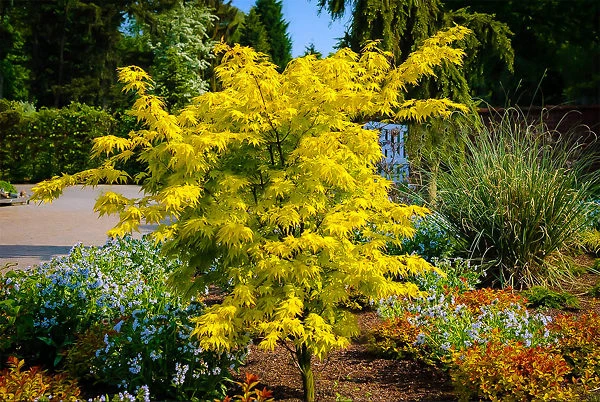
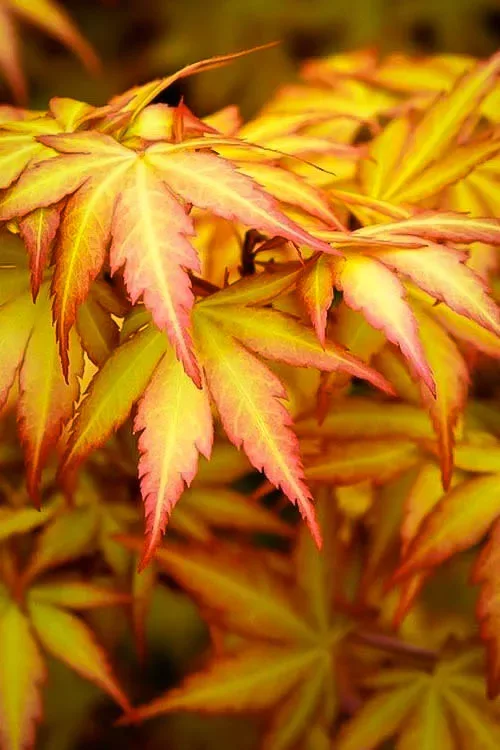
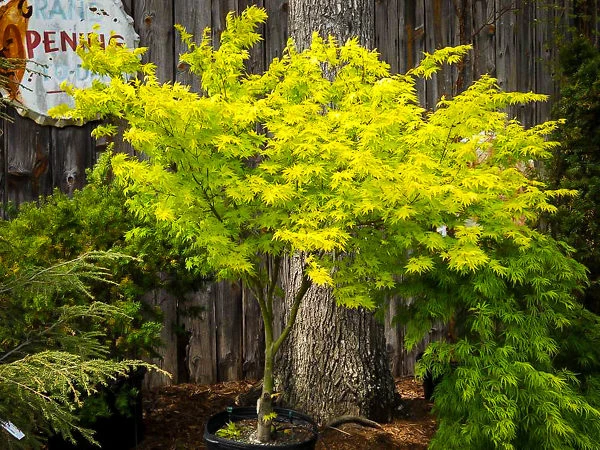
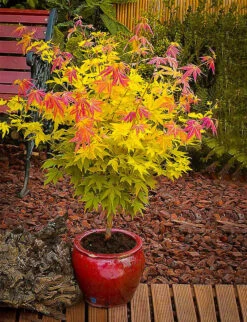


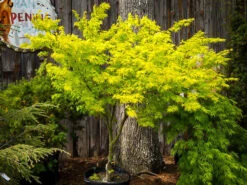
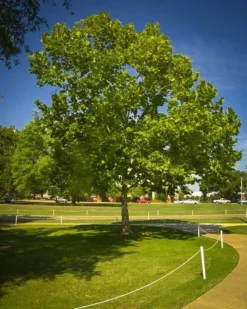
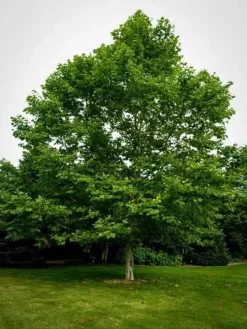
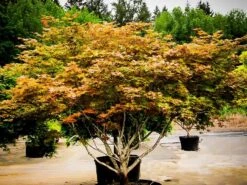

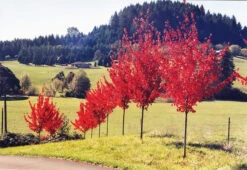

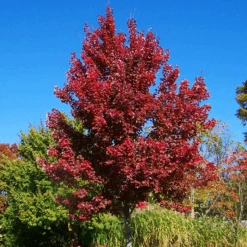
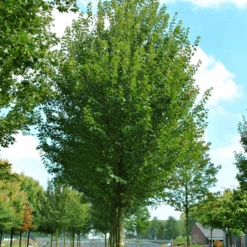
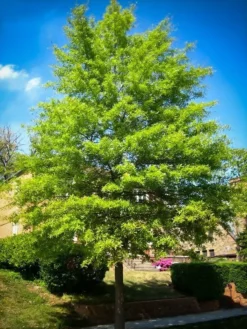


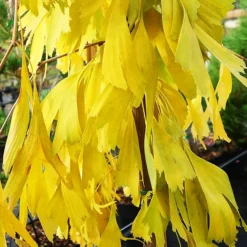
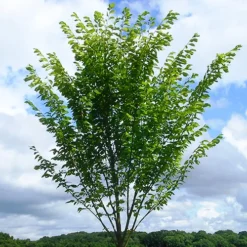


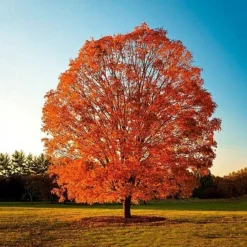
Reviews
There are no reviews yet.